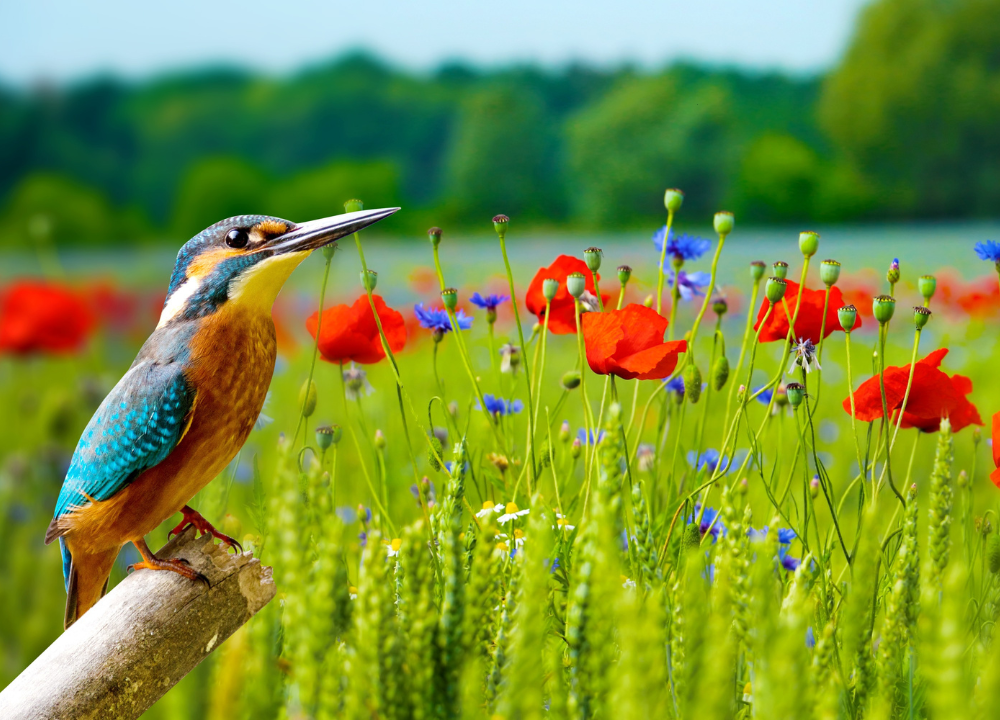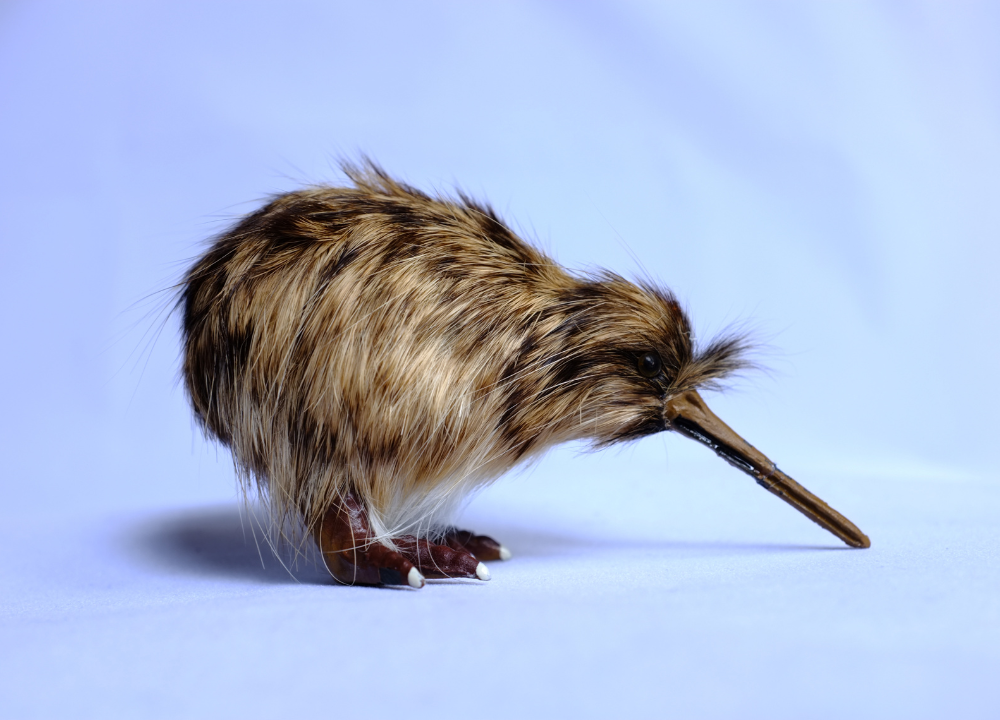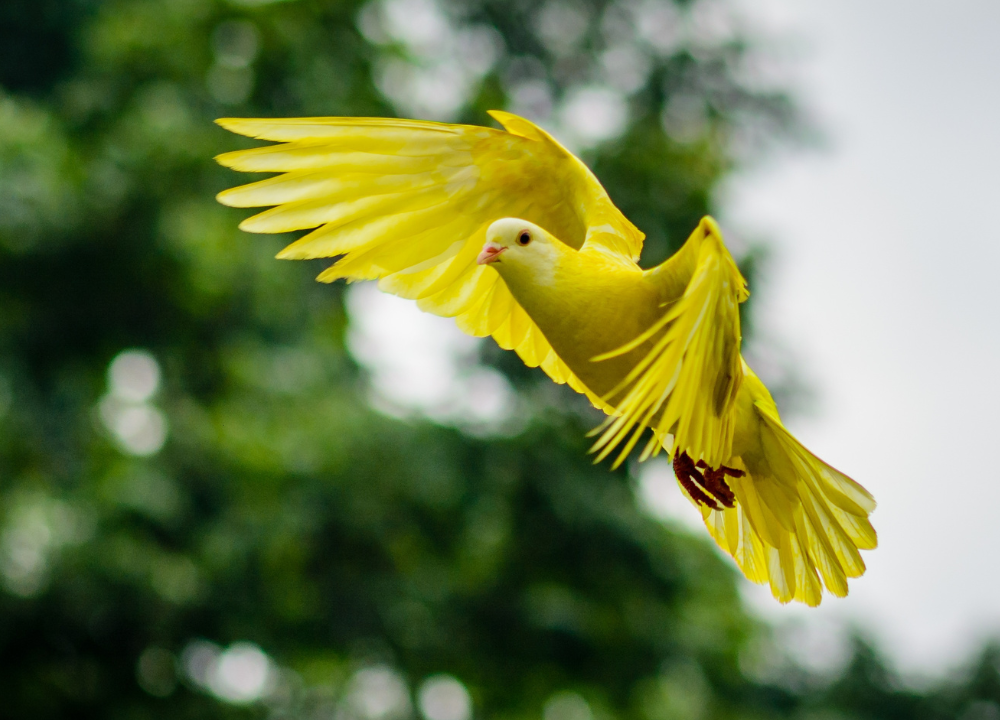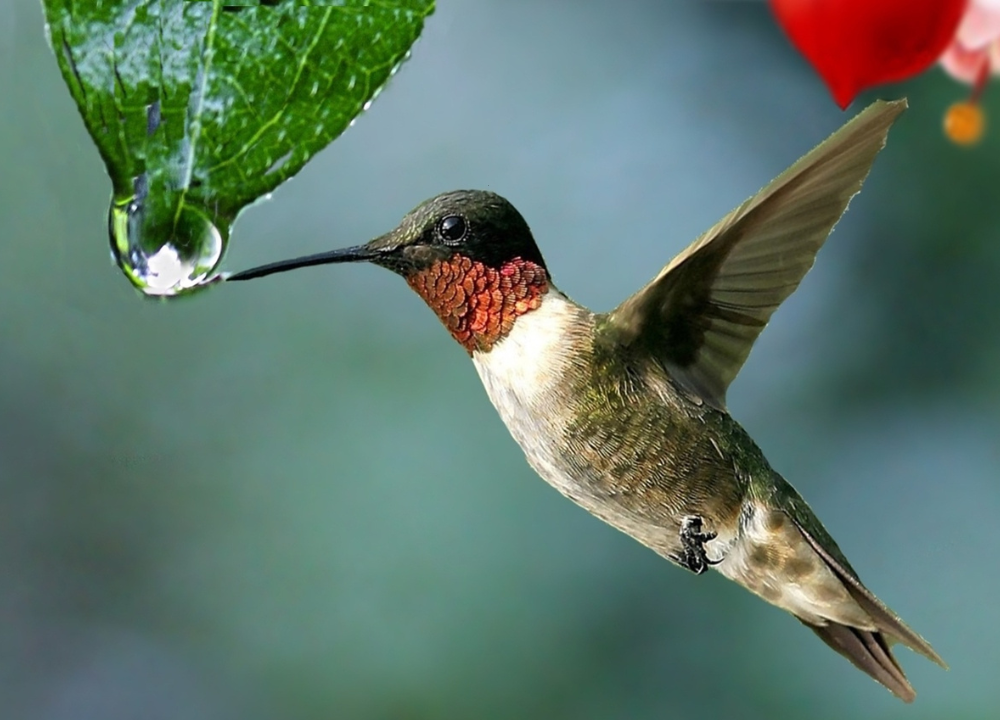No birds are mammals, as all birds belong to the class Aves and not Mammalia. Birds are characterized by feathers, beaks, and laying eggs.
Exploring the animal kingdom reveals a diverse array of creatures, each with unique characteristics that define their classification. Birds, known for their ability to fly, feathers, and distinctive anatomical structures, are a separate class from mammals. Mammals are warm-blooded vertebrates that typically have fur or hair and produce milk to feed their young.
This fundamental difference in reproductive methods is one of the key distinctions between these two groups. Understanding the classification of animals helps us appreciate the vast biodiversity of our planet and the specific traits that help scientists categorize them. By identifying and studying these differences, we gain insight into the complex tapestry of life that thrives on Earth.
Table of Contents
Characteristics Of Birds
Birds are not mammals, but they do share some similarities, such as being warm-blooded. One of the most fascinating topics in the animal kingdom is the distinct characteristics that set birds apart. From their ability to soar the skies to their unique vocalizations, birds are truly remarkable creatures. Let’s explore the features that make birds stand out in the world of fauna.
Feathers And Wings
Birds are the only animals with feathers, a trait that’s both unique and essential. Feathers provide insulation, aiding in temperature regulation. They also play a critical role in flight. Wings are another defining characteristic of birds. Not all birds use their wings to fly, but the structure is a common feature. Here’s what makes feathers and wings so special:
- Structure: Feathers have a central shaft with barbs, creating a flat surface for flight.
- Variety: Birds display a wide range of feather types, including down for warmth and contour feathers for aerodynamics.
- Molting: Birds shed old feathers and grow new ones, a process known as molting. This keeps their wings in top condition.
Take the peacock as an example. Its tail feathers showcase stunning colors and patterns for attracting mates. On the other hand, penguins have flippers for wings, suited for swimming rather than flying.
Beaks And Egg-laying
The shape of a bird’s beak is a clue to its diet and lifestyle. Birds lack teeth and use their beaks to catch and eat food. Here’s a closer look at beak diversity and the egg-laying trait of birds:
- Beak Shapes: From the strong, hooked beak of an eagle to the delicate sipping beak of a hummingbird, form matches function.
- Diet: Seed-eaters like finches have thick, conical beaks for cracking seeds, while insect-eaters have slender, pointed beaks.
Birds also lay eggs, which they incubate and protect. These eggs have hard shells, which vary in size, color, and texture. For instance, robin eggs are known for their bright blue color. The table below illustrates the relationship between beak type and diet:
| Beak Type | Diet |
|---|---|
| Hooked | Meat |
| Conical | Seeds |
| Slender | Insects |
| Flat | Plants |
Each beak type is a perfect match for the bird’s feeding habits, showing the beauty of nature’s design.
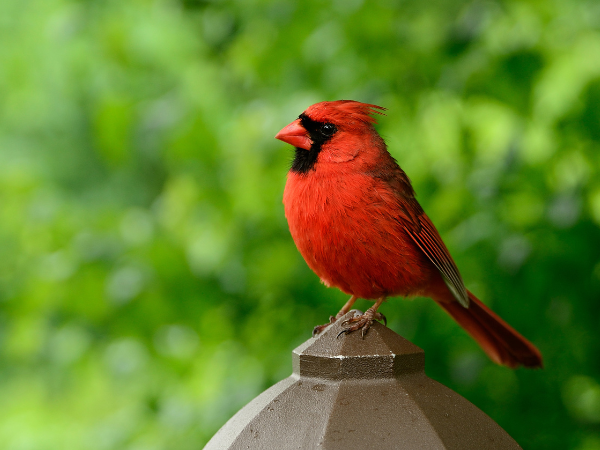
Characteristics Of Mammals
Exploring the animal kingdom reveals a fascinating variety of creatures. One common question is about birds that are mammals. Let’s clarify: no birds are mammals, but both groups do share some characteristics. Mammals have unique traits, and understanding these can help us appreciate their diversity. Here, we focus on two key mammalian features: hair or fur, and the special duo of live birth and mammary glands.
Hair Or Fur
One defining characteristic of mammals is the presence of hair or fur on their bodies. This feature sets them apart from birds, which have feathers. Hair and fur serve several functions:
- Temperature regulation: Hair helps maintain body warmth in cooler climates.
- Protection: It can act as a shield against the elements and predators.
- Sensory function: Whiskers, for instance, help animals sense their environment.
Consider the table below for examples of mammals with distinct hair or fur types:
| Mammal | Type of Hair/Fur | Function |
|---|---|---|
| Polar Bear | Thick fur | Insulation in Arctic temperatures |
| Sphinx Cat | Minimal hair | Adaptation to domestic environments |
| Elephant | Coarse hair | Protection and temperature control |
Live Birth And Mammary Glands
Another standout feature of mammals is their reproductive process. Unlike birds that lay eggs, most mammals give birth to live young. This process is made possible through a complex reproductive system that nurtures the developing embryo inside the mother’s body. After birth, mammalian babies rely on milk produced by their mother’s mammary glands. This milk provides essential nutrients for growth and development. Here are some highlights:
- Nourishment: Milk is a complete food source for newborns.
- Immunity: Early milk, or colostrum, is rich in antibodies.
- Bonding: Nursing fosters a strong bond between mother and offspring.
The following examples illustrate the diversity of mammalian reproductive and nursing behaviors:
| Mammal | Reproduction Type | Nursing Behavior |
|---|---|---|
| Human | Live birth | Extended nursing period |
| Kangaroo | Marsupial with pouch | Young nursed in pouch until development |
| Platypus | Egg-laying mammal | Secretes milk through skin |
Key Differences
Exploring the animal kingdom reveals fascinating insights, especially when distinguishing between birds and mammals. While no birds are classified as mammals, both groups possess unique traits that set them apart. To understand these differences, let’s delve into the specifics of their respiratory systems and reproduction methods. These key distinctions help us appreciate the diversity of life on Earth.
Respiratory System
The way birds and mammals breathe shows a clear divide between the two. Birds have a highly efficient respiratory system that allows for a constant flow of air through their lungs. This is crucial for meeting the high oxygen demands of flight. Here are some key points:
- Birds use air sacs for a unidirectional airflow.
- Mammals have a bidirectional or tidal flow in their lungs.
In more detail, bird lungs are compact and do not expand or contract like mammal lungs. Instead, air moves through the bird’s lungs in one direction, which maximizes oxygen exchange. In contrast, mammals inhale and exhale, causing their lungs to expand and contract. This table outlines the differences:
| Birds | Mammals |
|---|---|
| Unidirectional airflow | Bidirectional airflow |
| Air sacs assist breathing | Diaphragm assists breathing |
| Continuous air exchange | Exchange happens during breaths |
Reproduction Methods
The reproductive strategies of birds and mammals also show stark differences. Birds lay eggs, which they incubate until they hatch. Mammals, on the other hand, give birth to live young after a period of internal gestation. Here’s a breakdown:
- Birds lay eggs with hard shells.
- Mammals mostly have live births, except for monotremes like the platypus.
Notably, bird eggs are fertilized internally but develop outside the mother’s body. Mammals carry their young within the womb where they develop until birth. The following table highlights these reproductive methods:
| Birds | Mammals |
|---|---|
| Eggs laid in nests | Live births, typically in dens or shelters |
| External incubation | Internal gestation |
| Parental care post-hatching | Parental care post-birth |
These fundamental differences in respiratory and reproductive systems highlight the diversity of adaptations that birds and mammals have evolved. Such variations allow each group to thrive in their respective environments.
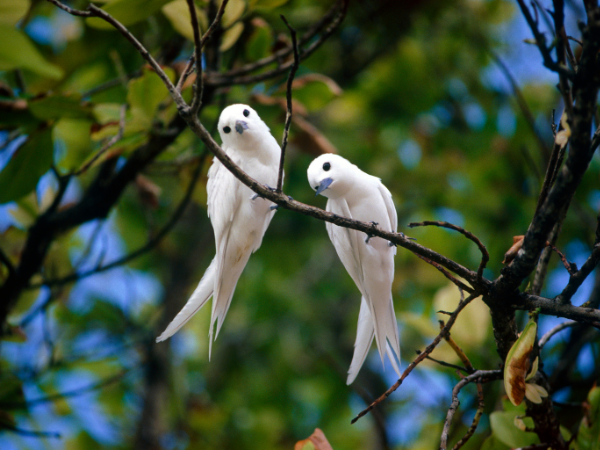
Birds That Resemble Mammals
No birds are mammals, but some have features that make them look like mammals. These birds catch our eye because they share traits usually seen in furry creatures. They might remind us of cats, dogs, or other mammals we know well. Let’s dive into the world of birds that trick us into thinking they might be mammals!
Mammal-like Birds
Some birds have a special look that makes us think of mammals. For example, the Emu has shaggy feathers that look a lot like fur. Then there’s the Owls, with faces that seem wise, much like some old world monkeys. Birds with these looks might not be mammals, but they sure can fool us! Let’s peek at some of these unique feathered friends:
- Emus – Their long, hairy-looking feathers give them a mammalian appearance.
- Owls – With forward-facing eyes and a flat face, they resemble primates.
- Lyrebirds – Their ground-dwelling habits and fluffy plumage might remind you of a small mammal.
These bird buddies have something special. Their feathers, faces, and the way they act can make us think they’re part of the mammal family. But no matter how much they look the part, they are still 100% birds!
Adaptations For Mammal-like Behavior
Birds that act like mammals have cool ways to live their lives. Some can even live underground, which is something we often think only mammals do. These birds have changed over time to have the best skills for their homes and ways of finding food. Check out the neat things they can do:
- Burrowing Owls – These small owls make their homes in the ground, a rare trait for birds.
- Kiwi Birds – With a great sense of smell and whisker-like feathers, they forage like mammals.
- Penguins – They may waddle on land, but underwater, they soar like mammals such as seals.
These birds have cool tricks up their winged sleeves! They might not be mammals, but they surely act like them in some amazing ways. It’s all about being the best they can be in the wild world where they live.
Misconceptions And Clarifications
Many people wonder which birds are mammals. This question leads to a mix-up between two distinct animal classes: birds and mammals. Both have unique traits that set them apart. Let’s clear up common confusions and understand why no birds are mammals.
Common Misunderstandings
It’s easy to see why some might think certain birds are mammals. After all, both groups have warm blood and can be very intelligent. But these similarities don’t make a bird a mammal. Here are key differences:
- Birds lay eggs, while most mammals give live birth.
- Feathers are unique to birds, whereas mammals have fur or hair.
- Birds have beaks, not teeth like mammals.
To illustrate, let’s look at penguins. They’re often thought to be mammals because of their thick blubber. But they are birds. They lay eggs and have feathers.
| Characteristic | Birds | Mammals |
|---|---|---|
| Birth | Egg-laying | Live Birth |
| Body Covering | Feathers | Hair/Fur |
| Mouth Part | Beak | Teeth |
Educational Importance Of Understanding Differences
Knowing why birds are not mammals matters a lot. It helps us appreciate the diversity of life on Earth. Here’s why education on this topic is crucial:
- It promotes scientific literacy in discussing animal classes.
- Understanding these differences aids in environmental awareness.
- It encourages critical thinking in young learners.
For example, when kids learn that birds migrate but mammals hibernate, they grasp how each adapts differently to seasons. This knowledge shapes their view of the natural world. It teaches them to respect each creature’s role in our planet’s ecology.
Evolutionary Relationships
Birds and mammals are two distinct groups of animals with unique features. They share a common origin but have evolved differently over millions of years. Understanding their evolutionary relationships helps us appreciate the diversity of life on Earth. Let’s dive into the past to uncover the connection between these two groups.
Shared Ancestors
Long ago, the ancestors of today’s birds and mammals were not so different. They emerged from a group of ancient reptiles called synapsids. This group split into two paths. One led to mammals and the other to modern birds. Here are some fascinating points about their common heritage:
- Synapsids had traits that are now seen in mammals, like differentiated teeth and a larger brain.
- The therapsids, a subgroup of synapsids, are considered direct ancestors of mammals.
- Dinosaurs evolved separately and gave rise to birds, showing a different evolutionary path.
| Feature | Mammals | Birds |
|---|---|---|
| Warm-blooded | Yes | Yes |
| Vertebrates | Yes | Yes |
| Fur or Hair | Yes | No |
| Feathers | No | Yes |
The table shows some key differences and similarities between mammals and birds. Despite their shared ancestry, the two groups have distinct features today. This is a result of evolution working differently on each lineage.
Divergence Of Avian And Mammalian Traits
As time passed, the traits of birds and mammals began to diverge. This led to the unique characteristics we see in each group. Here’s how they grew apart:
- Birds developed feathers, wings, and beaks.
- Mammals grew hair, mammary glands, and three middle ear bones.
- Both groups became warm-blooded, but through different biological processes.
These changes were driven by the need to adapt to their environments. Birds took to the skies, while mammals diversified on land and in water. The timeline below shows the major milestones in their evolution.
| Event | Time Period |
|---|---|
| Synapsids emerge | Late Carboniferous |
| Therapsids appear | Mid Permian |
| Dinosaurs rise | Late Triassic |
| First birds | Late Jurassic |
| First mammals | Early Jurassic |
This timeline highlights the long journey both birds and mammals took to become the creatures we know today. Their evolutionary paths show the power of nature to shape life in countless ways.
Frequently Asked Questions
Are Any Birds Also Considered Mammals?
No, birds are not considered mammals. They belong to a separate class called Aves. Unlike mammals, birds lay eggs, have feathers, and do not produce milk for their young. Both groups are warm-blooded, but their classifications are distinct due to differences in physical characteristics and reproductive methods.
What Makes A Bird Different From A Mammal?
Birds differ from mammals primarily in their physical characteristics and reproductive methods. Birds have feathers, lay eggs, and have beaks, while mammals have fur or hair, give live birth (with few exceptions), and produce milk for their young. These distinctions are fundamental in classifying them into different animal classes.
Can Birds Produce Milk For Their Young?
Birds cannot produce milk in the same way mammals do. However, some bird species like pigeons, flamingos, and male emperor penguins produce a nutrient-rich substance called “crop milk” or “pigeon milk,” which they regurgitate to feed their young. This substance, though not milk, serves a similar nutritional purpose.
How Do Birds Care For Their Young If Not With Milk?
Birds care for their young primarily by feeding them regurgitated food. Depending on the species, this can include insects, seeds, or even predigested food from the parent’s crop. Additionally, birds protect their chicks, keep them warm, and teach them necessary survival skills like flying and foraging.
